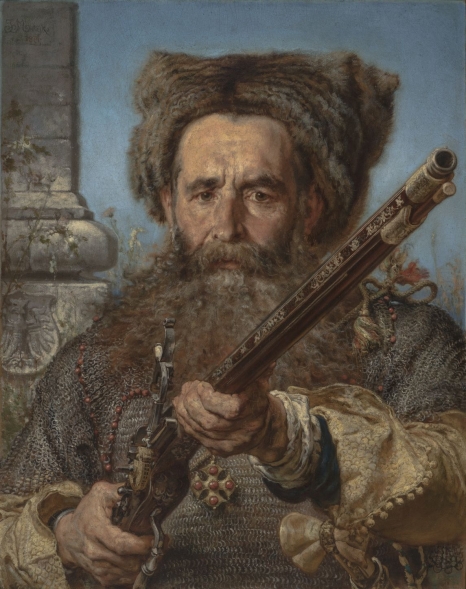
History of the wandering collection. Polish art from the collection of the Silesian Museum in Katowice
30.08.2020-21.03.2021, The greatest Polish painters in the Regional Museum in Stalowa Wola – History of the wandering collection. Polish art from the collection of the Silesian Museum in Katowice, exhibition location: 1 Sandomierska St.
57 works and 39 of the greatest Polish artists, including Teodor Axentowicz, Olga Boznańska, Józef Brandt, Józef Chelmonski, Xawery Dunikowski, Wlastimil Hofman, Juliusz Kossak, Wojciech Kossak, Jerzy Kossak, Jacek Malczewski, Jan Matejko, Józef Mehoffer, Wladyslaw Skoczylas, Jan Stanislawski, Wladyslaw Slewinski, Wlodzimierz Tetmajer, Wojciech Weiss, Leon Wyczolkowski.
Already from Sunday, August 30, in the Regional Museum in Stalowa Wola will be available an unusual, long-awaited exhibition containing works of the most recognized Polish artists, created in the years 1612-1945. The presented collection of oil paintings and sculptures is a significant part of the collection created in the Silesian Museum in Katowice before World War II by Tadeusz Dobrowolski, founder and first director of the institution, it is complemented by works acquired after the restitution of the Silesian Museum and depository objects.
This is the second edition of the temporary exhibition of the so-called “wandering collection”, where the peculiarities of Polish pre-war art were shown through the prism of works by outstanding artistic individualities, painters of several eras. The artists, in the privacy of their own studios and in the open air, passionately created portraits, landscapes and genre scenes, which reflected the beauty of the native landscape, the long and difficult history and multicultural society of pre-war Poland. Their works created an extraordinary collection of Polish art of the 19th and 20th centuries. It was created over the course of several years during the interwar period and was to find its place in a space specially created for it – in the new building of the Silesian Museum in Katowice, which was extremely modern for the time. However, it was never made available to the public at this location. Now the works will be on display in Stalowa Wola.
This is undoubtedly quite a treat for both art lovers and history enthusiasts. Works with outstanding patriotic themes will allow us to move to the realities of the nineteenth and twentieth centuries, but also older ones, and discover the meanders of more or less well-known historical events. They spin a tale of history, tradition and customs.
Curator of the exhibition: Joanna Szeligowska-Farquhar, Silesian Museum in Katowice.
Coordination on behalf of the Regional Museum in Stalowa Wola: Monika Kuraś
At the exhibition The History of a Wandering Collection. Polish Art from the Collection of the Silesian Museum in Katowice, guided family tours will be held on selected Sundays. Registration is required. Number of places limited. Details on the museum’s website.
Due to the prevailing epidemic situation, new rules for visiting the Museum are in effect.
Visiting the Museum during an epidemic
The museum can be visited with high safety standards. Therefore, before planning a visit, please familiarize yourself with the rules introduced. The regulations in their entirety are available at http://www.muzeum.stalowawola.pl/pl/wizyty/informacje-dla-zwiedzajcych.
The most important changes that the new regulations specify:
– exhibition entry hours: Monday, Tuesday, Wednesday, Friday: 9:00, 10:30, 12:00, 13:30, Thursday: 9:00, 10:30, 12:00, 13:30, 15:00, 16:30 Sunday: 14:00, 15:30, 17:00;
– visiting time of the museum’s exhibition is maximum 1 hour;
– 30-minute intervals between incoming and outgoing groups of visitors to disinfect the premises apply;
– personal protective equipment for visitors (disinfectant liquids) is provided;
– exhibitions can be visited only individually;
– everyone on the Museum premises (visitors and Museum employees) is required to cover their mouths and noses; this restriction does not apply to: children under 4 years of age, people who have breathing problems, people who themselves cannot put on or take off their face protection due to a medical condition;
– for security reasons, there are restrictions on the number of people in the permanent and temporary exhibitions at the same time.